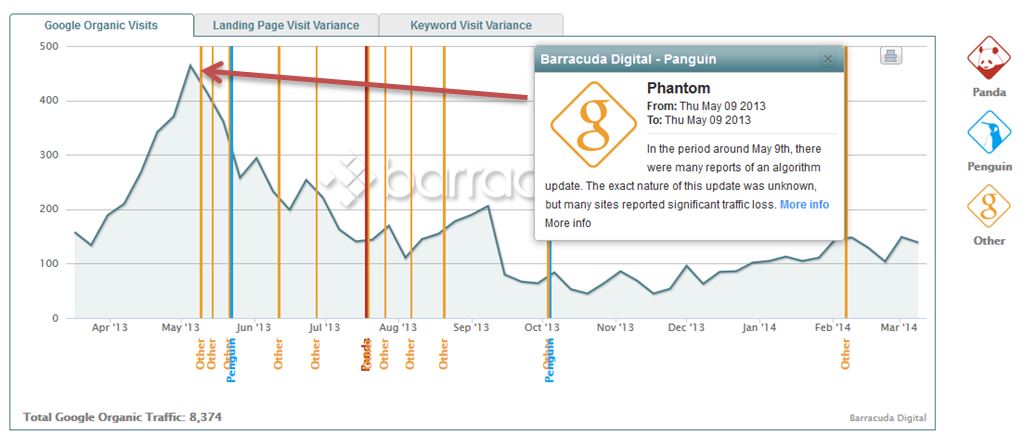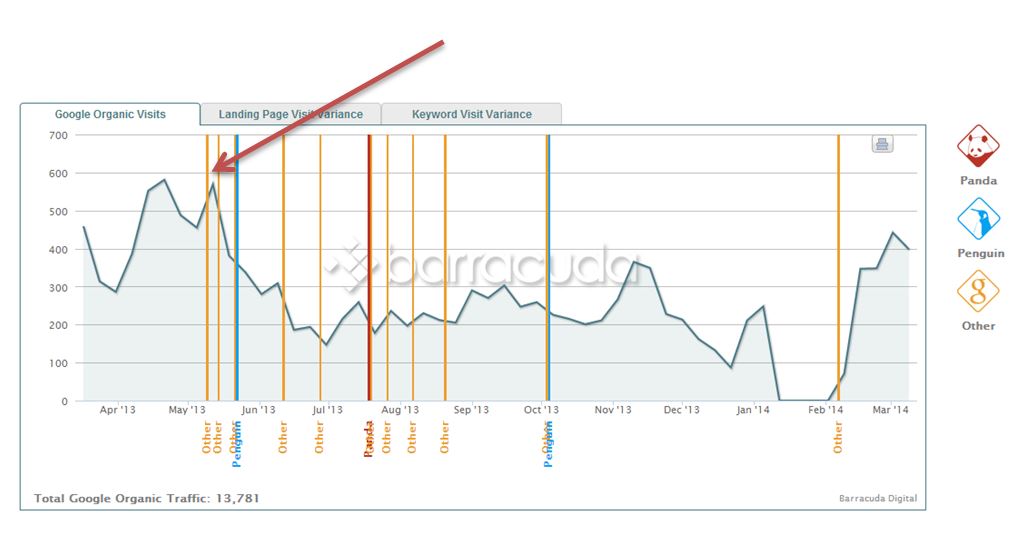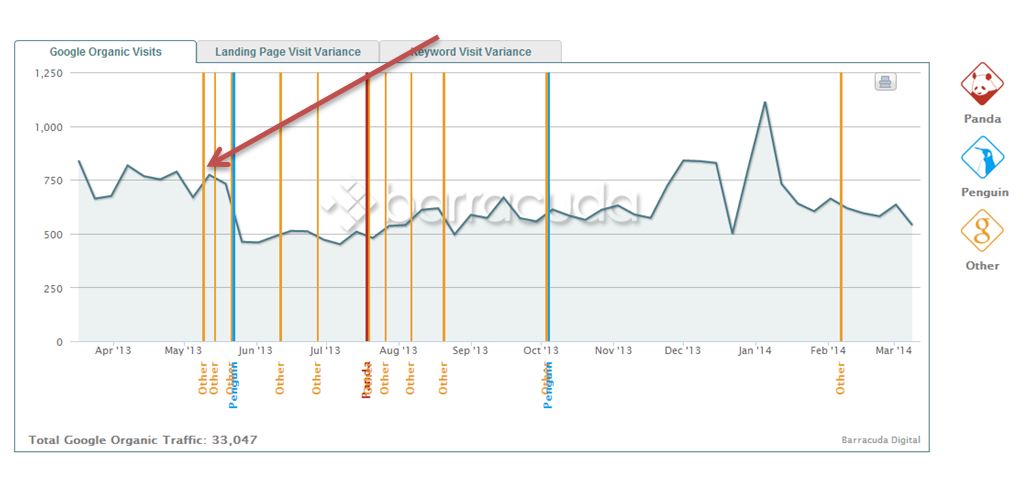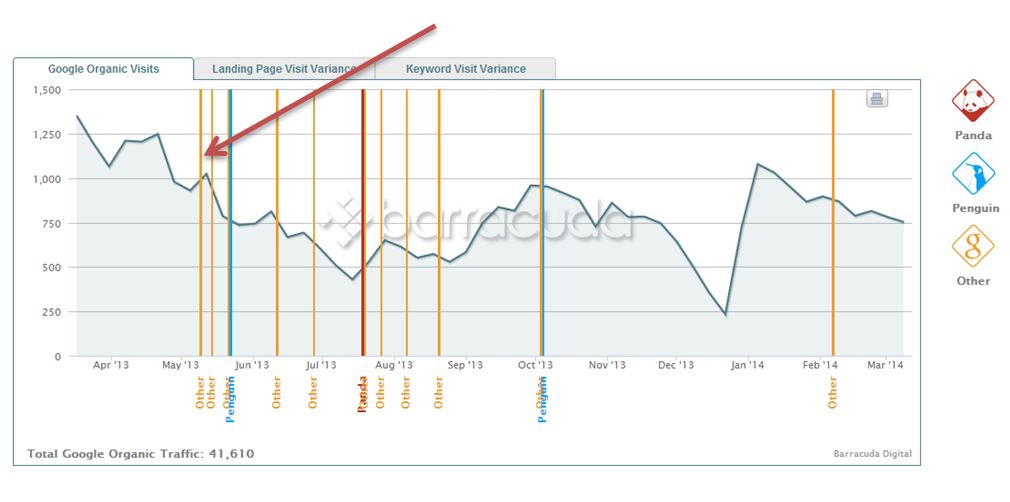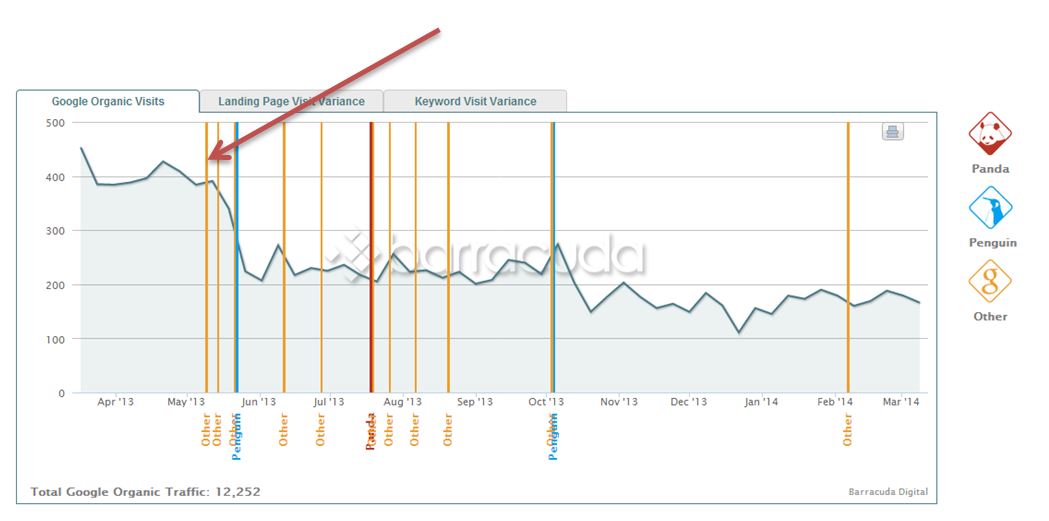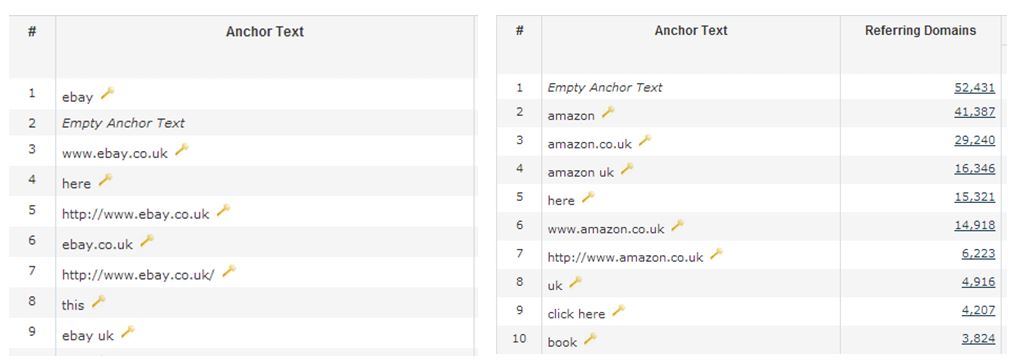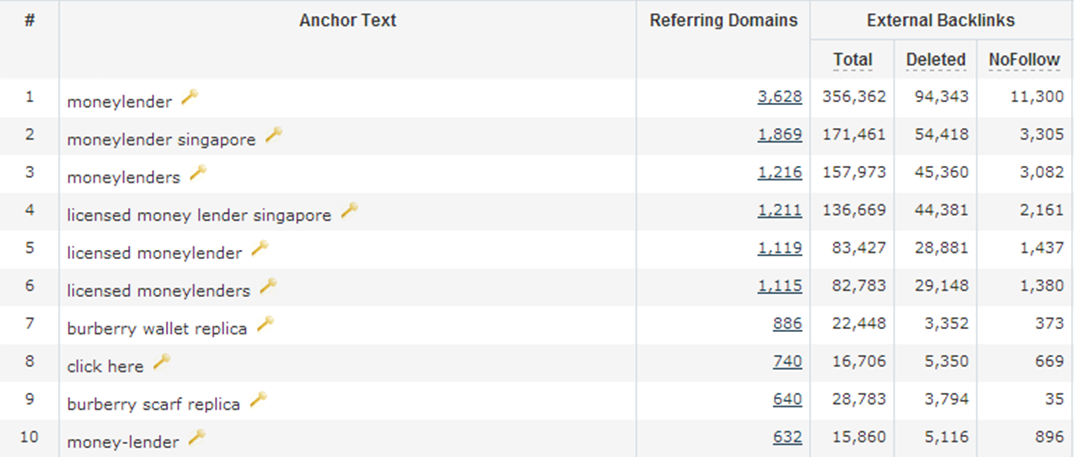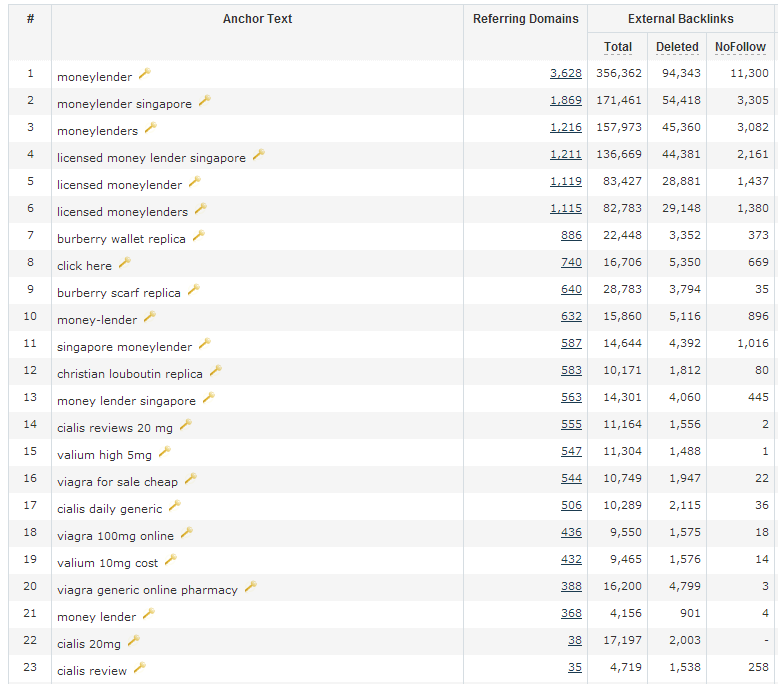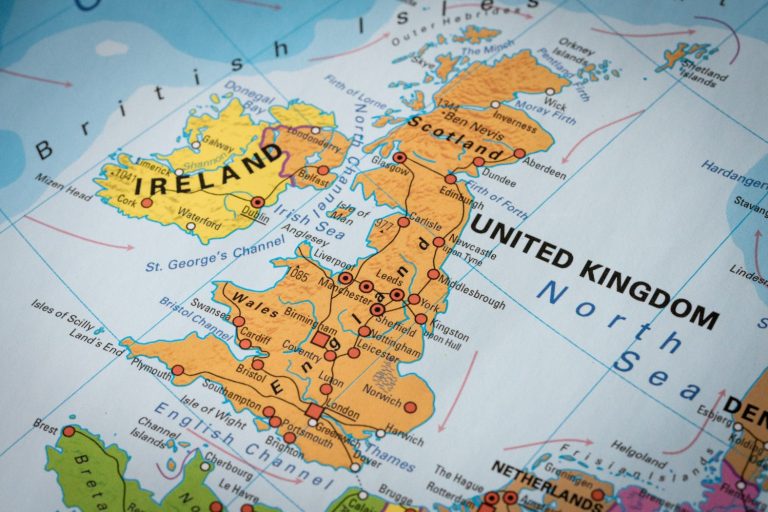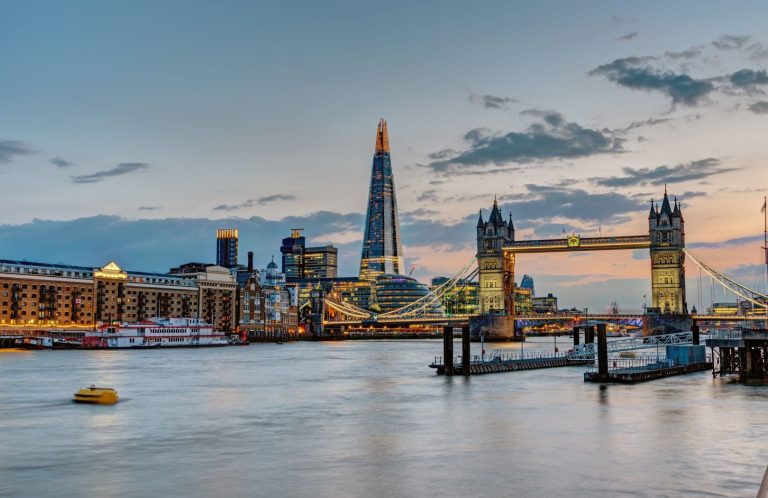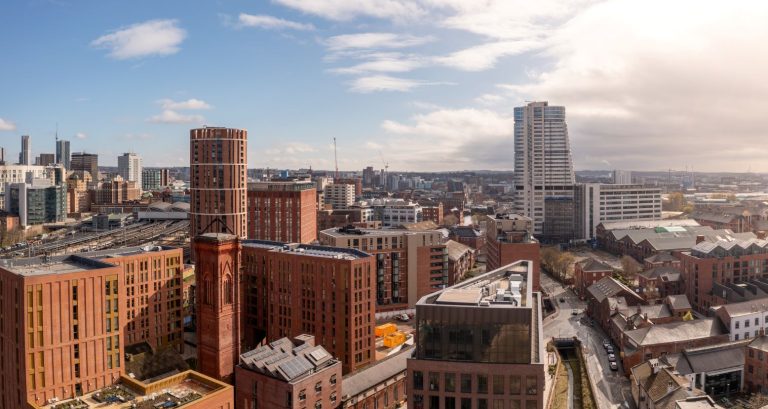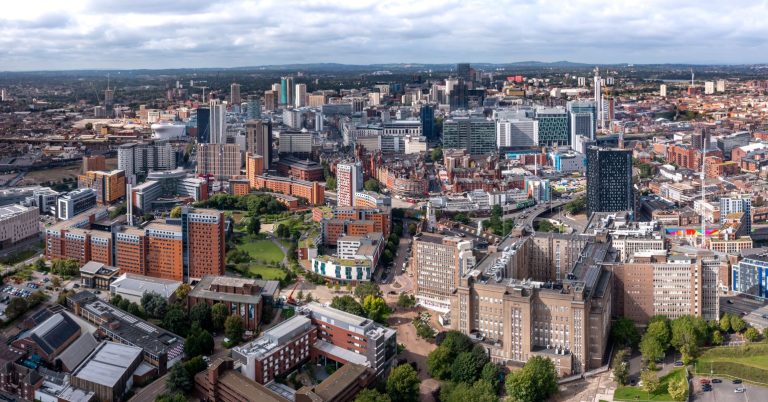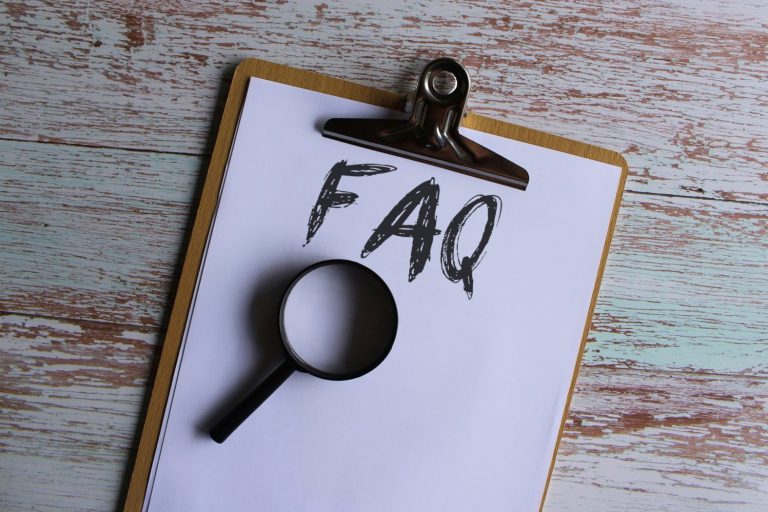We’ve been busy recently working for a range of clients, all of which have one thing in common; their sites have been hit by Google. The hit in each case has not been one where you get a warning message in your inbox advising you of a manual penalty, but a more sinister algorithmic penalty that is characterised by a gradual loss of rankings and a long slow decline in organic traffic.
With each of these client sites the one thing that we can say with a degree of certainty is that in every case the problem has been backlinks.
For many years prevailing SEO wisdom has been that you need backlinks to rank and many firms, including some very well known ones, succumbed to temptation and spent a lot of money buying links. In many cases however they simply engaged an SEO firm who convinced the client that they ‘knew what they were doing’ and that ‘it works for all our other clients’. Links were bought not built properly and today this is crippling their sites.
These firms now find themselves with a backlink profile which is the product of years of link building and the issues are deep rooted and endemic.
With the recent work most of the clients had not succumbed to massive link buying sprees so the profiles were relatively clear and in one case two other SEO firms had looked, unsuccessfully, for the correct solution.
We had a slight advantage in that we could look across a range of clients and because of that we could spot patterns which would not otherwise be obvious to a site owner. The more we looked at these sites the more a pattern began to emerge. The trouble seems to have started for each site around the time of the Google update of May 9th 2013.
To do this analysis we used a range of tools including the wonderful Panguin Tool from Barracuda Digital (thanks guys!) and these screen shots are taken from their tool.
Now as you can see the profiles all show different patterns and trends and some recover whilst others continue to slide. One was even in decline before this point however when we looked at each of them on an individual basis we found the same problems.
Irrespective of the number of backlinks to a site, the issue was the mix of anchor text that we found. In fact in one of the profiles above we found that the over optimised anchor text was all coming from sites that the client actually owned so we changed it overnight and from that point the site started to recover. In all the other cases however the problem was embedded far deeper and nothing short of a long term link cleaning and removal exercise would do.
One thing that we’ve been asked about by clients is how we spot a bad backlink profile and here’s an example we’ve unearthed which should highlight the problem.
We selected Singapore as the destination for our searches and chose Finance as the sector and after about six searches we found what we were looking for. A single page site, not an obvious brand name, ranking on page one for a hard keyword.
The question is how does a site with so little content rank above major international brands? The answer is simple.
Let’s start with what Google says you shouldn’t do when creating links to your site;
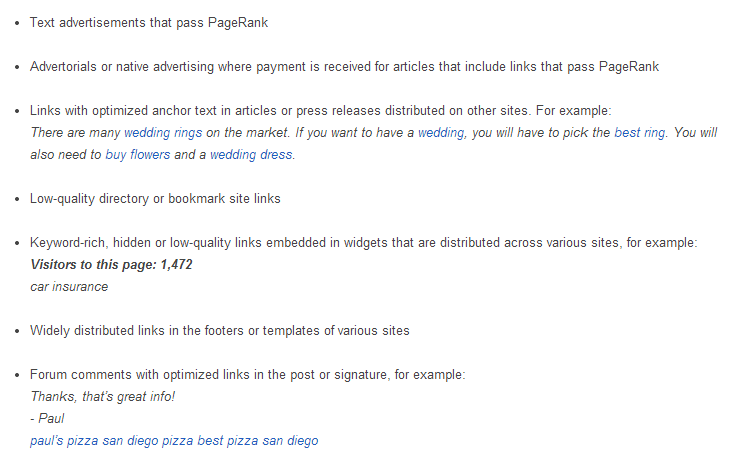
Add to this list any buying of links that is intended to deliberately manipulate Page Rank and this is a good starting point for the tactics used by Black hat firms in the past. What is missing from this list however is the obvious and that is that a backlink profile should be completely natural and if it is not then it’s pretty easy to spot.
A good place to see what a ‘natural’ profile looks like is to examine a well known and popular site like eBay or Amazon so let’s look at both of these with the help of Majestic SEO.
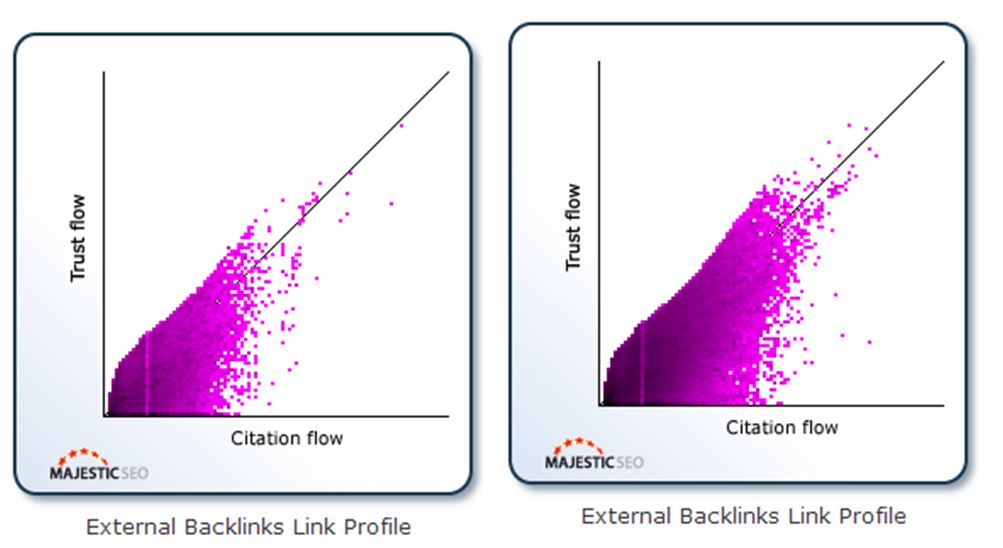
With millions of backlinks between them the sample size is big enough to give a representative sample and in both graphs you can see the same pattern. This isn’t to say that this is the only pattern you can or should see, more that these two are natural. However when you look at The Telegraph and Next you can see that this pattern appears to repeat itself.
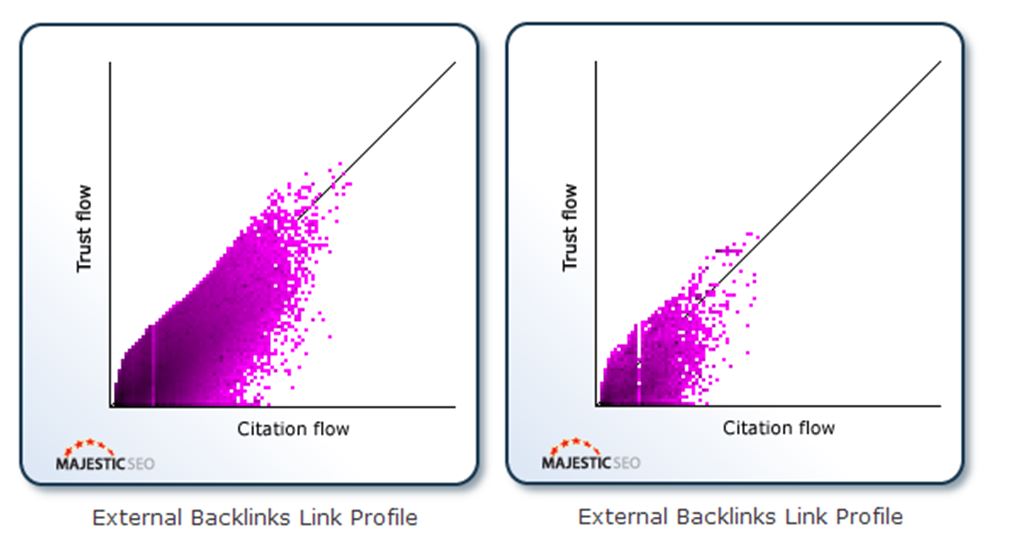
So if this is a ‘natural’ backlink profile does it mean that anything outside of this is unnatural? No, just that these are good clean and natural profiles and critically any Search Engine will know this.
Accepting therefore that link profiles will vary there is a single consistency across each of their backlink profiles and this is it;
The common theme here is that the majority of all the links that come back to the site are on their brand, or more specifically they are not on the ‘money’ keywords; the ones that the site wishes to rank for.
Contrast this with the example we found in Singapore and see if you can spot the issue;
Not a single link was to the brand under which they advertise; the one that appears on the header of the site, in the Title tags and in the url. Everything was about the keywords for which they wished to rank.
The sharper eyed amongst you will also have noticed ‘Burberry’ sneaking in there as well and clearly this is nothing to do with finance. This is another ‘black hat’ tactic and a look at the expanded list for this site shows you what they have done;
The appearance of ‘Burberry’, ‘Cialis’ and ‘Viagra’ are instant giveaways that this site has been subjected to the worst kind of ‘black hat’ SEO. Old spammy domains which have had millions of spam links created have been 301 transferred to this new domain meaning that the weight of the backlinks goes with it. This site could rank for many things, none of which are to do with its backlink profile.
Luckily Google is alive to this kind of manipulation now and we firmly expect this site to have disappeared in the very near future.
So the key to the backlinks, and ensuring that your backlink profile is clean, is to make sure that your profile matches the big boys. People link to them on brand not on what they do and there’s no reason they shouldn’t do the same for you.
If you think about it logically why would 1000 sites randomly all link back to you on ‘beech garden furniture’ as an example, only using the same words in the same order but all in lower case as well? In the example above how on earth did 640 sites who didn’t presumably know each other manage to link back on ‘burberry scarf replica’?
Professional link building, and therefore link clean up, is all about the details and knowing where to start. So if you’ve been hit by Google then take a good look at your anchor text and the answer may well be simpler than you think.
